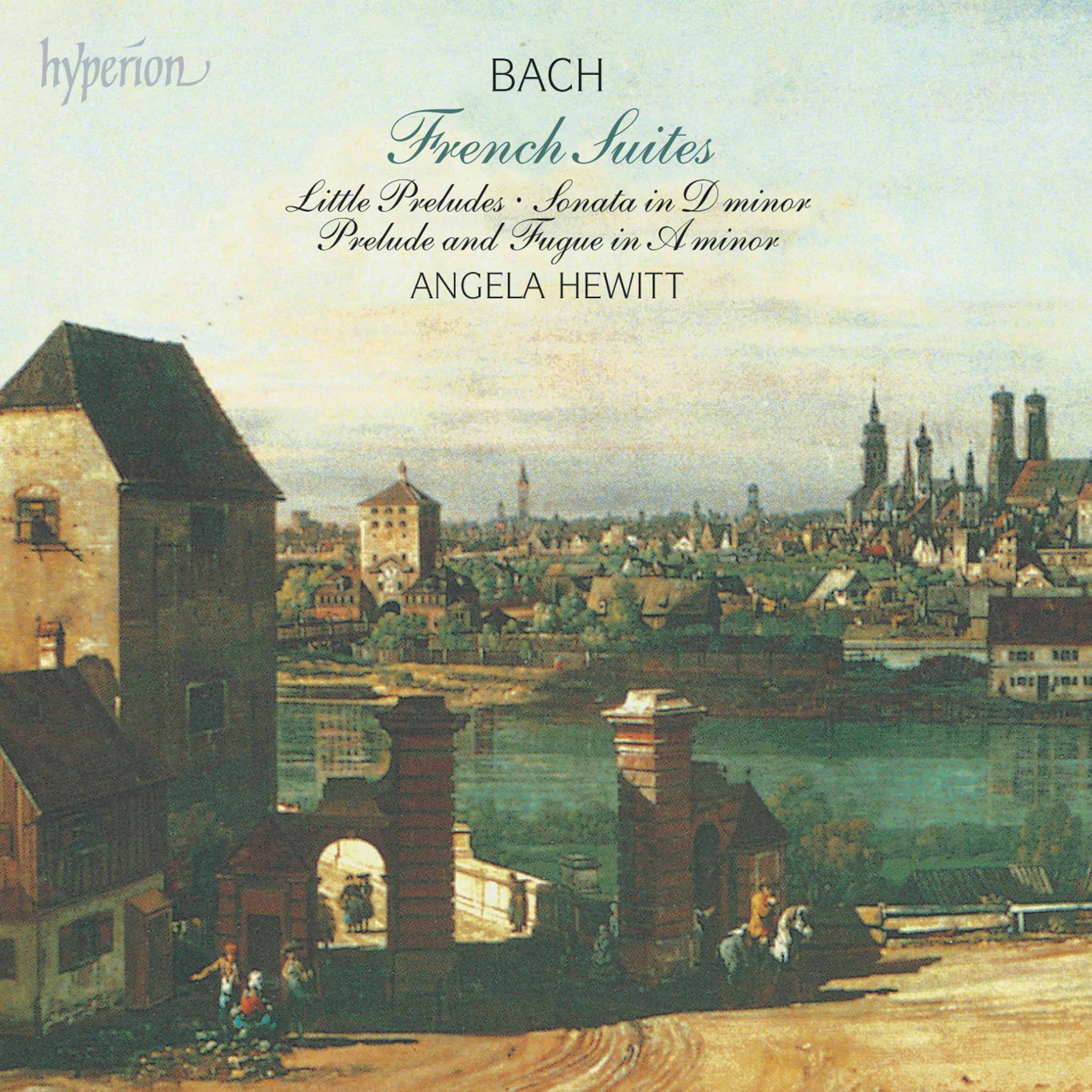Album insights
Heinrich Heine äußerte sich in einem Brief an Berlioz anerkennend über dessen Werk L’Enfance du Christ und hob insbesondere die Feinheit und Einfachheit hervor. Obwohl Heine zuvor Berlioz’ Musik kritisch betrachtet hatte, schätzte er nun den künstlerischen Wert des Oratoriums. Das Werk thematisiert die Flucht der Heiligen Familie nach Ägypten und verdeutlicht eine stärkere Hinwendung Berlioz’ zu religiösen Inhalten. Die Entstehungsgeschichte von L’Enfance du Christ ist bemerkenswert: Ursprünglich entstand ein Orgelstück für eine Feier, das später überarbeitet und erweitert wurde. Erst nach gewisser Zeit gab Berlioz seine Urheberschaft preis und entwickelte schließlich eine Trilogie daraus.
Die erste vollständige Aufführung in Leipzig begeisterte Berlioz’ Bekannte so sehr, dass sie ihn ermutigten, das Werk weiter auszubauen. Die Verwendung eines Tenorerzählers schafft einen roten Faden durch die gesamte Trilogie und verleiht dem Werk innere Geschlossenheit. Berlioz gelang es, verschiedene musikalische Elemente zu einem eindrucksvollen Gesamtbild zu verweben, wobei er auf motivische Wandlungstechniken zurückgriff. Jeder Abschnitt besitzt eine eigenständige Stimmung und Charakteristik, die das Werk zu einer harmonischen und dramatischen Einheit formen. Von bewegten Szenen bis zu stillen Passagen demonstriert L’Enfance du Christ Berlioz’ facettenreiche Kompositionsweise und seine Fähigkeit, musikalisch Geschichten zu erzählen.
In L’Enfance du Christ offenbarte Berlioz eine besondere Mischung aus Leidenschaft und Sanftmut, die sich deutlich von seinem sonstigen Stil unterscheidet. Das Oratorium wurde geschätzt für seinen ausdrucksstarken und zugleich zarten Charakter. Berlioz selbst betonte, dass das Thema eine entscheidende Rolle für die musikalische Ausgestaltung spielte. Trotz Veränderungen im Musikgeschmack und unterschiedlichen Interpretationen blieb Berlioz überzeugt davon, dass sein expressiver Stil sowohl leidenschaftliche als auch sanfte Gefühle transportieren könne, wie sie in L’Enfance du Christ zum Ausdruck kommen.






